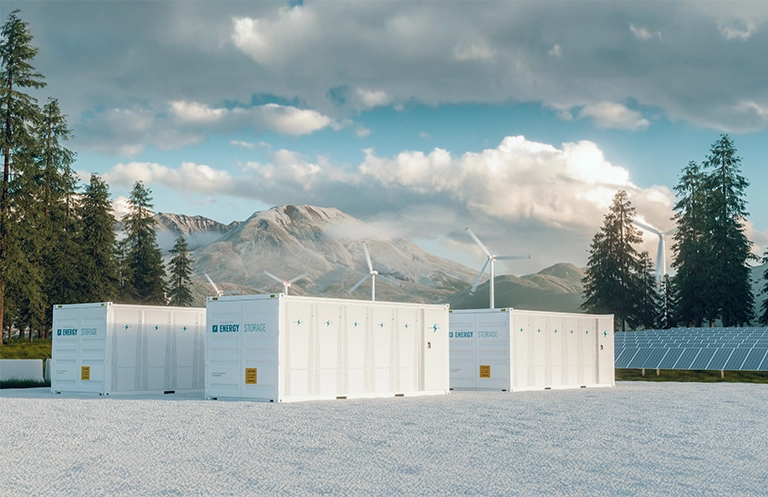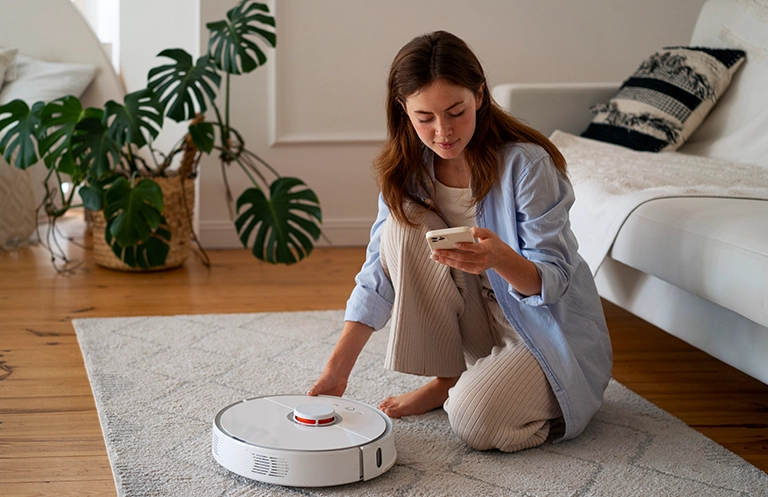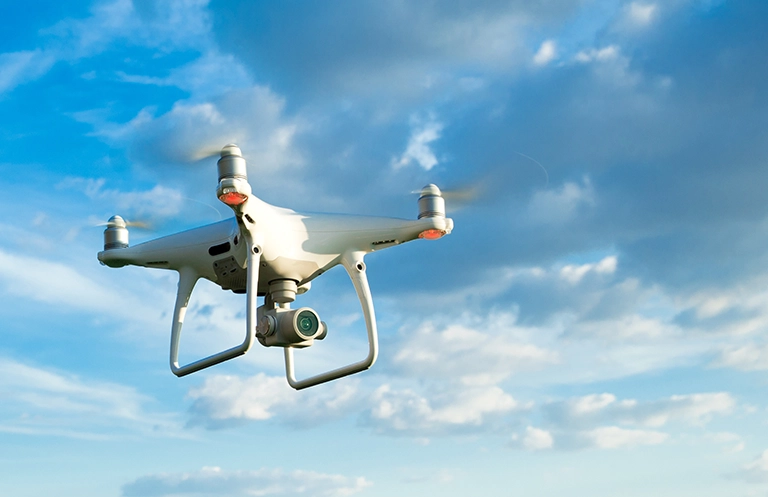In-flight entertainment (IFE) has been an integral part of the air travel experience since long. IFE constitutes a wide assortment of informational and entertainment content, delivered on a high-spec screen, which can help create an enjoyable in-flight experience for passengers even for a long flight. In-flight entertainment system provides an opportunity to enhance customer loyalty and satisfaction.
Over the years, in-flight entertainment systems have had many facelifts. IFE apps, entertainment kiosks, and pre-flight downloads are a few of the recent innovations of IFE that are giving travelers more choices of entertainment than ever before. Considering this growth, the global IFE market is projected to reach USD 7.65 billion by 2023, according to MarketsandMarkets. There are mainly four factors involved in the growth of IFE systems: 1. The growing passenger air traffic in emerging countries, 2. Innovative entertainment product launchings, 3. Increasing competition between airlines, and 4. Growth opportunities in airlines.
IFE systems can be categorized in terms of content, hardware, connectivity, and communication. While content can be stored or streamed, IFE systems can have either non-portable or portable hardware with wireless or wired options for connectivity and communication. Due to in-flight connectivity, more and more passengers can experience the same entertainment in the air as they do on the ground. In-flight connectivity in flights has emerged as one of the key drivers for in-flight entertainment. What can be beyond offering an internet connection? Let’s take a look at some of the popular trends of IFEs:
In-Flight Passenger Engagement Platforms
The growing preference for using the Internet is the market driver here. Airlines are trying to provide engagement services to enhance the passenger experience with Android-based in-seat IFE platforms, wireless IFE, internet connectivity, etc. The future of the passenger/cabin interaction is beyond mere entertainment. Moreover, the scenario now has changed from ‘Please entertain me’ to ‘I want to entertain myself’. With IFE engagement platforms, passengers can preview content, set up custom playlists, and even resume entertainment from a previous flight. They can directly sync their devices with the IFE system onboard, load custom content, and commence the entertainment experience. The operator will provide in-seat power, access to wireless IFE system, and Wi-Fi services so that the passengers can use their own devices to stream the content. This also enables travelers to plan their holidays, book hotels, and explore street-level views of a city.
In-flight Commerce and Retail
As IFE systems are evolving into digital platforms, airlines have the opportunity to reinvent in-flight ecommerce. Airlines can now turn to third-party merchants such as hotels, restaurants, duty-free retailers, transportation companies, sellers of event tickets, etc., to develop an onboard retail environment as part of their in-flight internet shopping portals. With the proliferation of e-commerce, passengers also expect an In-flight Retail up in the air to purchase from a duty-free showcase, which displays a selection of the duty-free items available only for onboard purchase through the seatback screen and tablets that are provided by the crew or even from their own personal devices.
Meal Ordering Services
Besides a few airlines that allow passengers to place orders via the in-seat IFE system, some airlines provide Meal Ordering Services passengers for digitally-enabled F&B service via a smartphone. The smartphones are connected to an independent plug-and-play Wi-Fi router that is isolated from the onboard connectivity system, which passengers can use. All smartphones with no SIM card, synchronize to intercommunicate during the entire flight duration. These smartphones can be blocked from launching any applications apart from the Meal Ordering app. This will help fulfill each order faster in a more efficient and more personalized way.
Passenger Information Services
With Passenger Information Services, pursers can learn about passengers’ food, wine, and seating preferences, as well as issues faced during their travels as they have an access to data of passenger’s previous trips with the carrier. At the same time, pursers can use passenger information services to instruct the cabin crew about the passenger’s special needs before the flight, get an outline of the several languages spoken by the crew on the flight, as well as reassess flight attendants on the spot. On the other hand, the PIS system can also help the crew to execute in-flight upgrades (from business to first class) as well as post customer feedback.
Aircraft-to-Door with 3D Geotainment Moving Maps and In-flight Travel Planner
3D geotainment with moving maps provide an interactive satellite image, which helps passengers explore the flight paths and specific location of the destination. Also, to help make the arrival experience more seamless, airline tie-ups with cab service providers with in-flight travel planners, which allow passengers to explore and schedule ground transportation options while they are flying. After booking their ride in-flight, passengers receive a text message upon landing to confirm their booking and pickup point. Moreover, in-flight travel planners can fetch historical or real-time traffic data to get an accurate arrival time at the passenger’s final destination rather than simply displaying the estimated arrival time at the destination airport. Passengers can also leverage the in-flight portal to arrange for destination services such as trips, dinner cruises, and concert tickets.
In-flight Advertisement and Promotion
Airlines help startups stream business videos on the seatback screens of business-class passengers. With in-flight advertisement and investment plans, startups can request an opportunity to be featured on airlines’ IFE system. Entrepreneurs looking for promotion and advertisement for their business ideas can record a two-minute video pitch and upload it to the airline websites, to be viewed and rated by other passengers in-flight. This helps in gaining exposure among the thousands of business professionals who fly regularly. Anyone interested in hearing more about a particular business or startup idea can then get in contact with the airline to get the contact details of the entrepreneur.
Remote Access
Although premium cabin screens are touch-enabled, sometimes they are too far from a seated passenger to reach comfortably. Passengers can ask for an alternate device or screen application that enables them to pair their personal devices with the IFE system that can be used as a remote or second screen in flight, just to augment their experience. Apart from this, some airlines also have tablets that can act as an interactive second screen for controlling seat and cabin environment and navigating the IFE system. These are typically bigger 13-inch capacitive touch screens with Wi-Fi, a high-definition camera, microphone, speakers, and other options on board.
With in-depth avionics domain and process (DO-178B/C, DO-254, DO-160) expertise, eInfochips, an Arrow company, provides avionics solutions in compliance with FAA (Federal Aviation Administration) and EASA (European Aviation Safety Agency) guidelines for in-flight entertainment, digital TV, passenger media unit, seat display unit, and digital media servers. We have engaged with five of the world’s top ten commercial aerospace organizations to deliver safety-critical hardware and software solutions for commercial airplanes, military aircraft, and UAVs. Along with design and development, we also extend our services for feature enhancements, product migration, bug fixing, and technical support. Know more about aerospace offerings.













